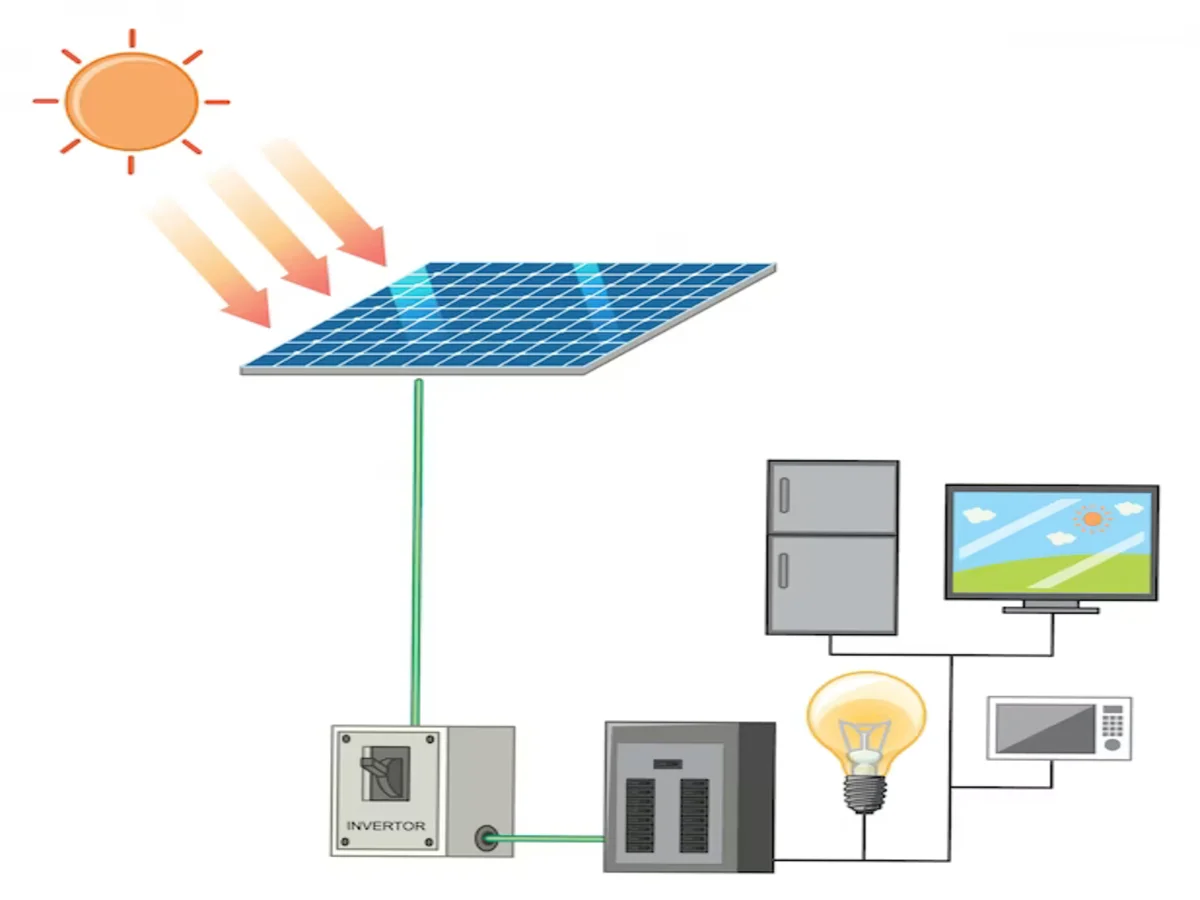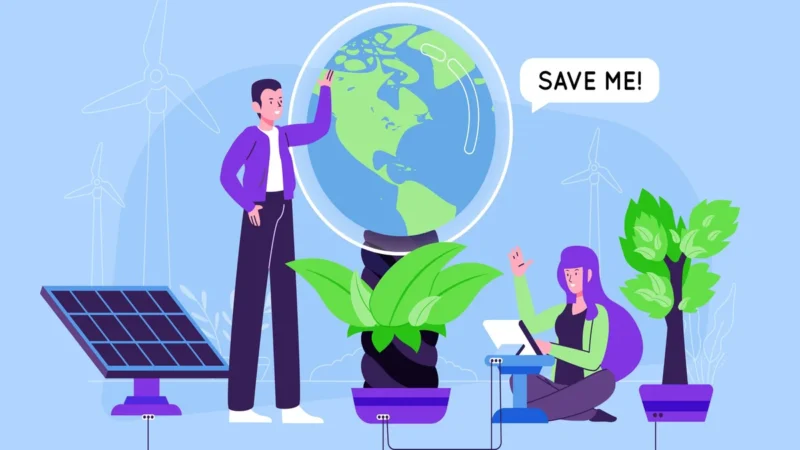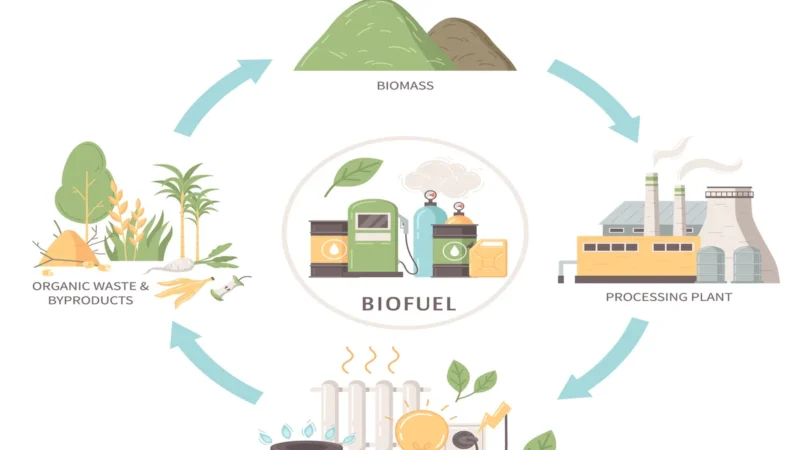Sunlight to Electricity: The Scientific Process of Solar Panels

Solar panels have revolutionized the way we generate electricity by harnessing the power of the sun. This renewable energy source holds great promise for sustainable electricity production. Understanding the scientific process behind solar panels is crucial to fully grasp their potential and impact on our energy landscape.
1.Photovoltaic Effect:
The cornerstone of solar panel functionality lies in the photovoltaic effect. Photovoltaic (PV) cells, typically made of silicon, are responsible for converting sunlight into electricity. When sunlight, composed of photons, strikes the PV cell, it triggers a reaction that generates an electric current. This process is the foundation of solar power generation.
2.Absorption of Sunlight:
Sunlight is composed of various wavelengths, including visible and infrared light. Solar panels are designed to absorb a broad range of these wavelengths, with silicon being particularly effective at capturing photons. The absorption process leads to the excitation of electrons within the silicon material.
3.Generation of Electron-Hole Pairs:
As photons are absorbed, they impart energy to electrons within the silicon. This energy allows electrons to break free from their original positions, leaving behind positively charged “holes.” This separation of charge creates an electric field within the solar cell.
4.Movement of Electrons:
The electric field within the PV cell drives the separated electrons towards the front surface of the cell and the positively charged holes towards the back surface. This movement creates an electric current, which can be harnessed for various applications.
5.Electrical Contacts:
To extract the electric current generated by the movement of electrons, metal contacts are strategically placed on the front and back surfaces of the solar cell. These contacts facilitate the flow of electrons out of the cell, creating usable electricity.
6.Inverter Conversion:
The electricity generated by a single solar cell is direct current (DC). However, most of our appliances and power grids use alternating current (AC). Therefore, an inverter is used to convert the DC electricity from solar panels into AC electricity that can be directly used or fed into the grid.
7.Grid Connection and Storage:
The generated electricity can be used to power your home or business. Excess energy can be fed back into the grid, often through net metering arrangements where you receive credits for the surplus energy you provide. Alternatively, energy storage solutions, like batteries, can store excess energy for use during cloudy periods or at night.
we can conclude this, Solar panels are remarkable devices that exemplify the direct conversion of sunlight into electricity through the photovoltaic effect. Their ability to harness the sun’s energy holds immense potential for sustainable electricity generation. Understanding the intricate scientific process behind solar panels provides insights into their efficiency, benefits, and challenges, as we strive to incorporate renewable energy sources into our everyday lives.
FAQs
1.How do solar panels work at night or on cloudy days?
Solar panels rely on sunlight to generate electricity. During the night or on cloudy days when sunlight is limited, the panels produce less or no electricity. To ensure a continuous power supply, energy storage solutions like batteries can be used to store excess energy generated during sunny periods for later use.
2.How long do solar panels last?
Solar panels are designed to be durable and can last for several decades. Most manufacturers provide warranties that guarantee the panels’ performance for around 25 to 30 years. However, their efficiency may slightly decrease over time.
3.Can I power my entire home with solar panels?
The ability to power your entire home with solar panels depends on factors like your energy consumption, the size of the solar panel system, and local sunlight conditions. It’s possible to significantly reduce your reliance on the grid, but complete independence might require a larger system and efficient energy storage solutions.
4.What happens if my solar panels produce more electricity than I use?
When your solar panels produce more electricity than you consume, the excess energy can be fed back into the grid if your system is connected to it. This process is often referred to as net metering. You might receive credits on your electricity bill for the surplus energy you contribute.
5.Are solar panels environmentally friendly?
Yes, solar panels are considered environmentally friendly because they generate electricity without emitting greenhouse gases or other pollutants. Their operation has a minimal impact on the environment compared to fossil fuel-based energy sources. By using solar panels, you contribute to reducing carbon emissions and promoting sustainable energy practices.


